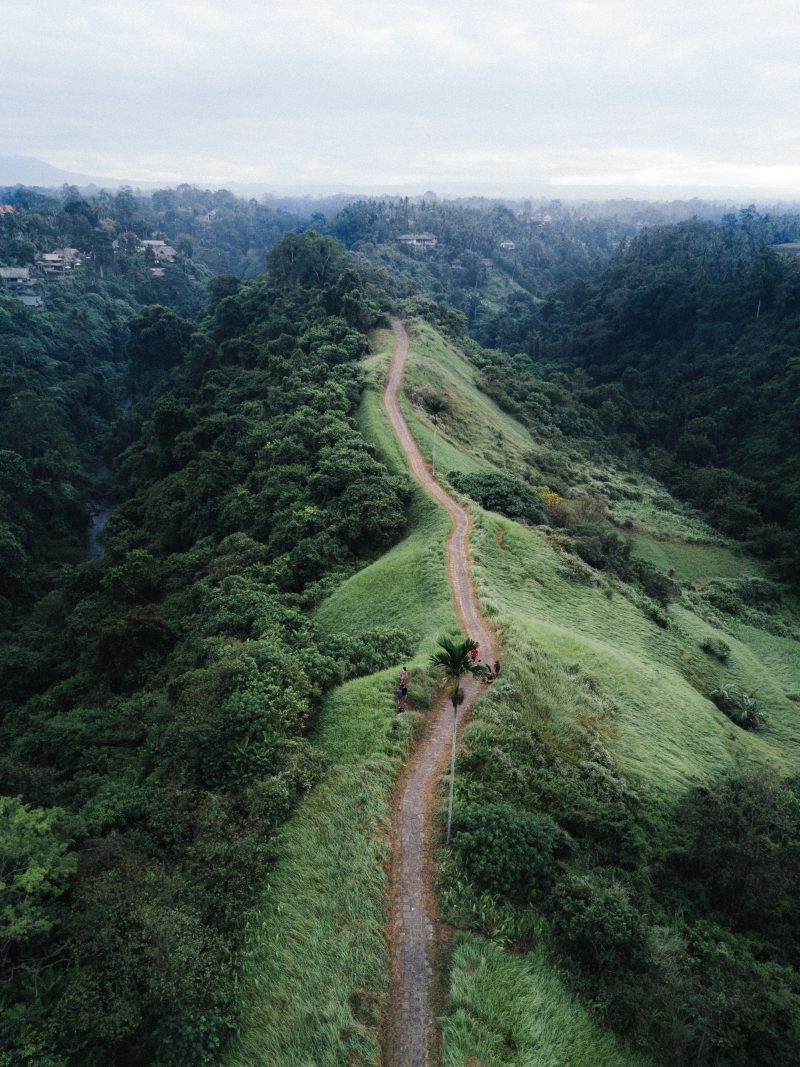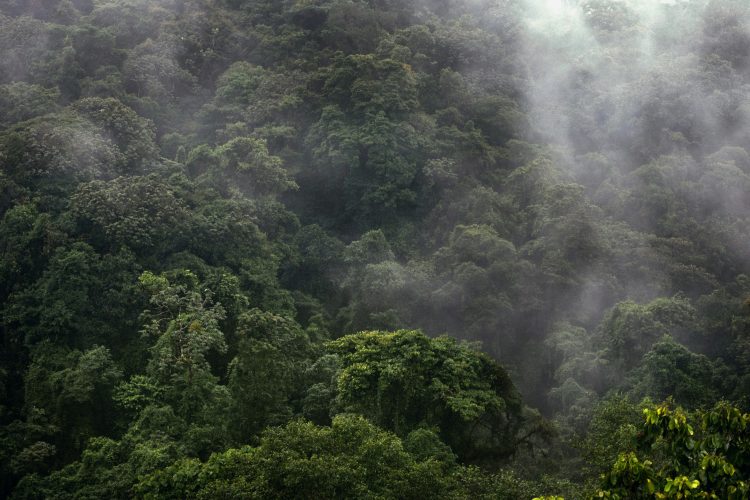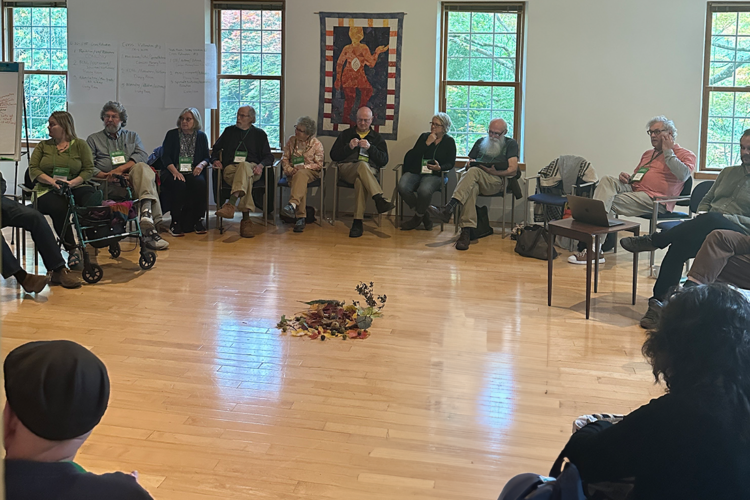An Earth Testimony

Once during Meeting for Worship, a member spoke of how she had always heard the saying that Friends should walk cheerfully over the earth…speaking to that of God in everyone. Then she read what George Fox actually wrote: that we should “walk cheerfully over the earth…answering that of God in everyone” (italics mine). There are differences, she said, between “speaking to” and “answering.” The former sets us apart: perhaps it is didactic, or implies lecturing, as a schoolteacher, public speaker, or media commentator might do. The latter requires looking and listening, even searching; it puts us in relation to others and provides openings for reciprocity. On reflection it seems to me there are many “everyones”— not only humans, but other species. Fox’ dictum could be extended further: “walk cheerfully over the earth…answering that of God in all of creation.”
Humans often “speak to” nature, as when we assume a dominant attitude and expect to be able to “improve” upon nature with technological solutions to perceived (or real) problems, rather than looking to see how nature does things, learning from nature’s processes, and coming up with nature-based solutions—all of which could be considered a form of answering that of God. This idea applies to many areas of concern. For instance, there is the difference in approach between those who favor technological fixes for climate change (itself a result of speaking to rather than answering nature), and those who would look to how land heals itself, often with the aid of humans who have combined closely studied ecological processes and traditional indigenous knowledge. By the word “land,” I mean Aldo Leopold’s sense; that is, the whole package of rock, soil, and all the living things therein and thereon forming all together a well-functioning ecosystem, the
“biotic community.” Humans can and should be citizens of this community, for after all, we belong here too. There are quite a few people—ecologists, biologists, regenerative farmers, carbon ranchers, permaculturalists, agroecologists, ecological restorationists, and I’m sure, readers of this publication—who, however they articulate it, believe this very thing. To help solve climate change we must help our ecosystems heal themselves. One way to do so is to start with the earth we are walking over (hopefully cheerfully); in other words, begin with the soil.
For much of my life I didn’t think about soil, though I grew up playing in the mud and later gardened partly so I could keep digging in the dirt. I’ve been lucky enough to live in pre-WWII houses built on prairie in a place blessed with good precipitation. As a child I believed all soil was black—a sign, I later learned, of good organic content. As an adult in another house, whatever I planted grew just fine as long as other factors such as climate and available light were paid attention to. I’ve dug a trench for rhubarb starts and holes for shrubs and never hit subsoil. Lucky, lucky me. Though I’ve always made compost, not until I trained as a master gardener did I learn very basic soil science: about pH factor; the differences between clay, silt, and sand; the existence of subsoil; the need to improve fertility; how organic matter improves the soil; and the importance of good tilth.
In the last few years I have learned some new, astonishing things. With proper attention and care, the earth beneath our feet—in city backyards, in gardens, parks, on corporate campuses and on farms and ranches—has the potential to sequester enough carbon to help us mitigate drastic climate change while we transition to a low-carbon society. In fact this effort rightly can be seen as a major part of the transition. Not only that, but organic gardening, regenerative farming, and carbon ranching, which actually improve soil, if taken to scale across the globe have the potential to feed billions sustainably. This is a far cry from standard landscaping and industrialized agriculture that strip the soil of its organic content—and its carbon—and destroy the complex web of life involving billions of tiny creatures, bacteria, and fungi interacting with organic matter, minerals, water, and plants that we call topsoil.
To me, answering that of God means learning enough of the science—some of it very new— to understand how practice can be changed so that residence on a piece of land, no matter the size, includes helping this subterranean ecosystem thrive. Long-term research shows that more biodiverse ecosystems store more carbon, are more productive , and include higher populations of beneficial insects than single species monocultures. Research has also demonstrated how carbon storage comes about through the complex interactions among plants and soil-dwelling fungi and organisms. And answering means practicing, as practice around the world has shown that carbon can be sequestered and topsoil built up through specific gardening, farming, and ranching techniques, coupled with ecological restoration.
So how can we all become carbon sequestration practitioners, wherever we happen to live? By following some old-fashioned advice: We can educate ourselves by reading books such as Grass, Soil, Hope: A Journey through Carbon Country, by Courtney White, The Soil Will Save Us by Kristin Ohlson, or Under Ground: How Creatures of Mud and Dirt Shape Our World, by Yvonne Baskin, or by watching films such as Symphony of the Soil. We can learn the basic ecosystem facts—including plants, animals (including insects), and soils—of the places where we live. Gardeners can grow perennial, biodiverse, polycultures of mostly native plants; make compost and use it; and refrain from using pesticides or artificial fertilizer. Rural land managers can learn the techniques innovative farmers and ranchers are using to harvest remarkable results by growing carbon as well as crops and herds. We can all join or form groups involved with earthcare and ecological restoration, and if we are practitioners, can help educate others.
Answering that of God includes having a vision of what a restored piece of land—restored earth—might look and function like, nurturing it so that it can repair itself, and in so doing, repair and restore the humans who are tending it. Eventually it might mean taking on an earth-centered identity, in the sense of the deepest green recognition that our selves are formed by the ecosystem of which we are a part and the earthly place in which we reside. When we say we “seek an earth restored,” we literally need look no further than our own backyards. In seeking to answer, in putting ourselves in relationship, in remembering we literally are of the earth, in changing our practice: there lies hope.

